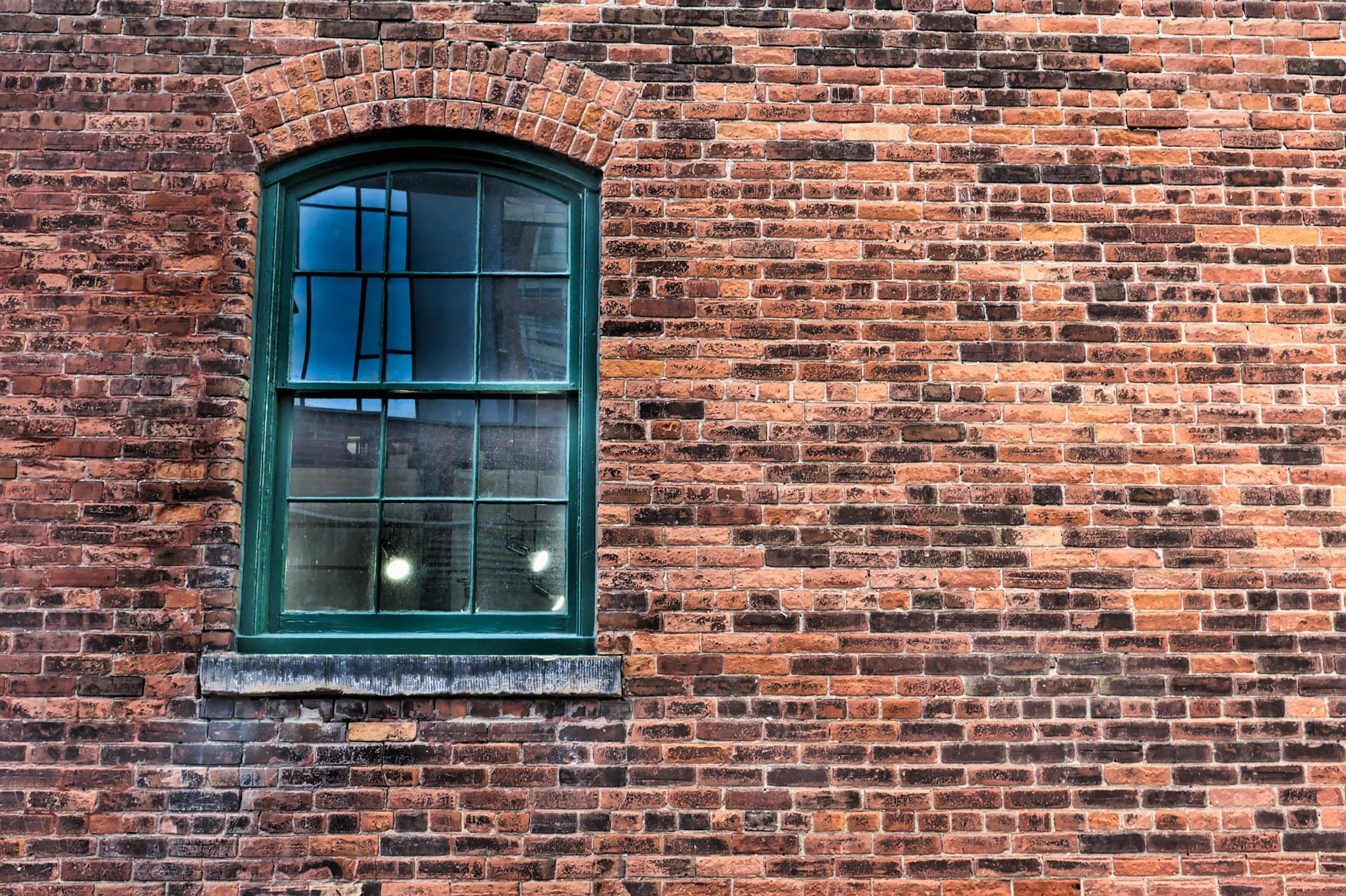How to Repair Brick: 5 Commonly Used Methods

When it comes to home maintenance, knowing how to repair brick is a valuable skill. Brick, a popular and durable building material, can sustain damage over time due to weathering, moisture, and aging. Addressing these issues promptly is crucial to prevent further deterioration.
This blog post will explore four commonly used methods to repair brick effectively. Whether you’re a homeowner or a professional contractor, understanding these techniques will help you restore your brick surfaces’ beauty and structural integrity.
Assessing the Damage
Before proceeding with any repair work, it is crucial to assess the extent of the damage to the bricks. Different types of damage require other repair techniques.
Here are some common types of brick damage:
1. Cracked Bricks
Cracked bricks are a common issue that can occur due to the settling of the building, impact, or temperature fluctuations. If the cracks are small and superficial, they can often be repaired without compromising the structural integrity of the brick. However, extensive cracks may require the replacement of the damaged brick.
2. Spalled Bricks
Spalling refers to the chipping or flaking of the surface of the brick. This damage can occur due to moisture penetration, freeze-thaw cycles, or corrosive materials. Repairing spalled bricks typically involves removing the damaged surface and applying a new layer of mortar or a patching compound.
3. Efflorescence
Efflorescence is a white, powdery deposit that appears on the surface of bricks. It is caused by the migration of salts to the brick’s surface through capillary action. While efflorescence doesn’t directly damage the bricks, it can affect their aesthetic appeal. Cleaning the bricks with water and a mild acid solution can help remove efflorescence.
5 Common Methods for Repairing Damaged Bricks
Once the type and extent of damage have been determined, various techniques can be employed to repair damaged bricks. Here are some commonly used methods:
1. Tuckpointing: Restoring Brick Mortar Joints
One of the most commonly employed methods to repair brick is tuckpointing. Tuckpointing, also known as repointing, focuses on addressing damaged mortar joints.
Over time, mortar can deteriorate, leading to gaps and cracks. With tuckpointing, you can remove the damaged mortar and replace it with fresh mortar that matches the color and texture of the existing mortar.
This technique not only restores the structural strength of the brickwork but also enhances its overall appearance. Tuckpointing is a vital aspect of brick repair, requiring attention to detail and the right mortar mix for seamless results.
2. Brick Replacement: Fixing Severely Damaged Bricks
In cases where individual bricks are severely damaged or cracked, brick replacement is necessary. By carefully removing the damaged brick and replacing it with a new one, you can restore the integrity of the wall. The key is to select a replacement brick that matches the existing brick’s size, color, and texture, ensuring a uniform look. Brick replacement requires skilled masonry work to integrate the new brick with the surrounding ones seamlessly. Properly installed replacement bricks restore the wall’s structural integrity and prevent further damage.
3. Crack Stitching: Repairing Structural Cracks in Brickwork
Cracks in brickwork are a cause for concern as they can compromise the structural integrity of a wall. To address this issue, crack stitching is a reliable technique.
It involves inserting stainless steel rods or helical bars into the cracks and bonding them with a high-strength epoxy resin. This method creates a strong bond across the crack, distributing the load and preventing further movement. Crack stitching is an effective and long-lasting solution for repairing structural cracks in brick walls.
4. Patching: Repairing Small Damaged Areas
For minor damage to brick surfaces, patching is an effective method. Patching involves filling small cracks or holes in the brickwork with a suitable mortar or filler.
The damaged area is cleaned, and the mortar or filler is carefully applied, ensuring a proper bond with the surrounding brick. Patching is a quick and simple solution for small-scale brick repairs, providing structural stability and preventing further deterioration.
5. Brick Cleaning and Resurfacing: Restoring Brick’s Appearance
Sometimes, the damage to brick may be primarily cosmetic. Dirt, stains, and efflorescence can accumulate on the surface, making the bricks look dull and worn out.
In such cases, brick cleaning and resurfacing can revitalize the brickwork. Techniques such as high-pressure water cleaning, chemical cleaning, or sandblasting can effectively remove dirt, stains, and efflorescence, revealing the original beauty of the bricks. Applying a protective sealant after cleaning can help prevent future damage and extend the longevity of the bricks.
Hiring a Professional Brick Repair Contractor
Hiring a skilled and reputable contractor ensures that the repairs are carried out effectively and comply with industry standards.
When selecting a brick repair contractor, consider the following:
- Experience: Look for contractors with a proven brick repair and restoration track record.
- Certification and Licensing: Ensure the contractor is certified and licensed to perform the necessary repairs.
- Portfolio and References: Review the contractor’s portfolio of past projects and ask for references from previous clients.
- Insurance Coverage: Verify that the contractor has adequate liability insurance to cover any potential damages or accidents during the repair process.
- Cost Estimates: Obtain detailed cost estimates from multiple contractors and compare them before deciding.
Conclusion
Knowing how to repair brick is essential for maintaining buildings’ structural integrity and aesthetic appeal. By employing techniques like tuckpointing, brick replacement, cleaning and resurfacing, and crack stitching, you can effectively address various types of brick damage.
Whether you’re a homeowner or a contractor, consulting a professional mason is advisable to ensure the best results. Promptly addressing brick damage and utilizing the appropriate repair methods will help extend the lifespan of your brick structures and preserve their timeless beauty.
Transform your brickwork with our leading residential masonry repair services in Metro Detroit. Trust our expertise, exceptional customer service, and top-quality workmanship. Contact us to schedule a free consultation. Let us restore your home’s masonry’s beauty and structural integrity today!





